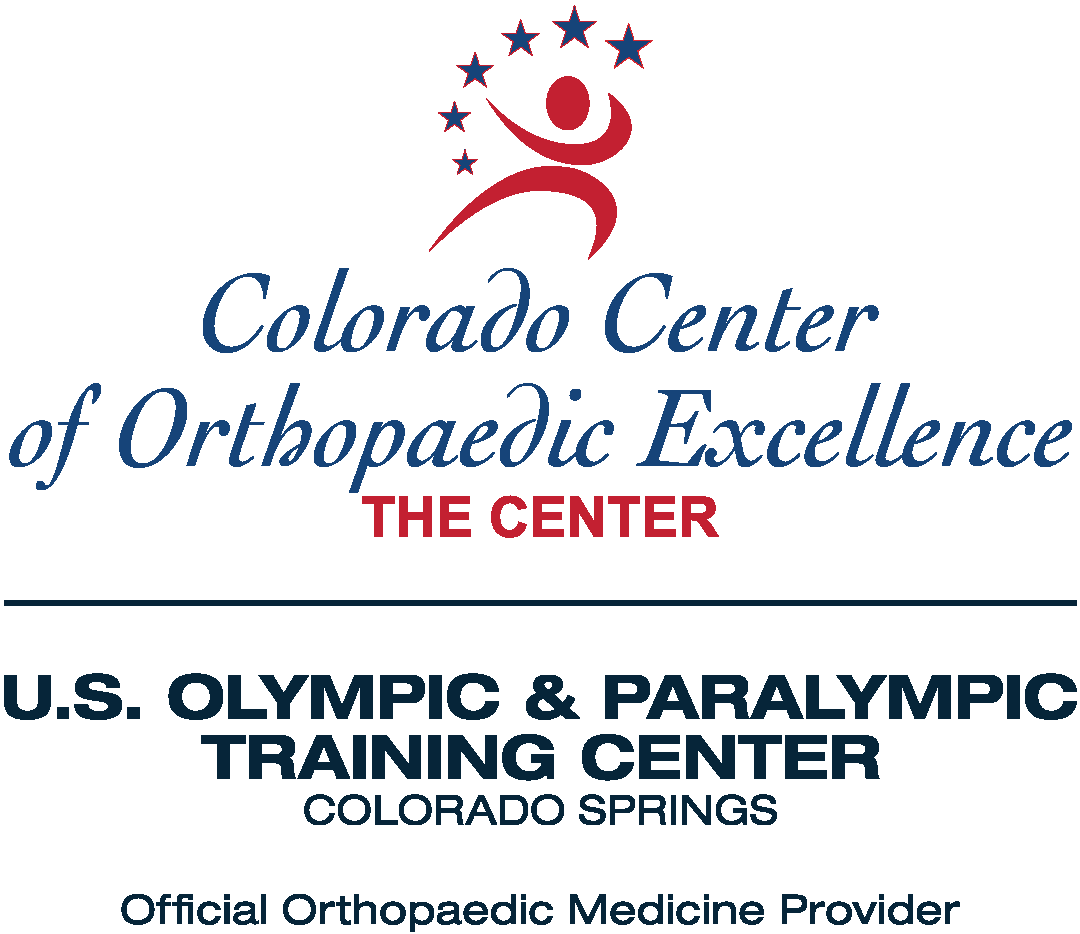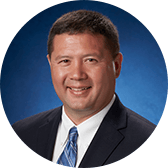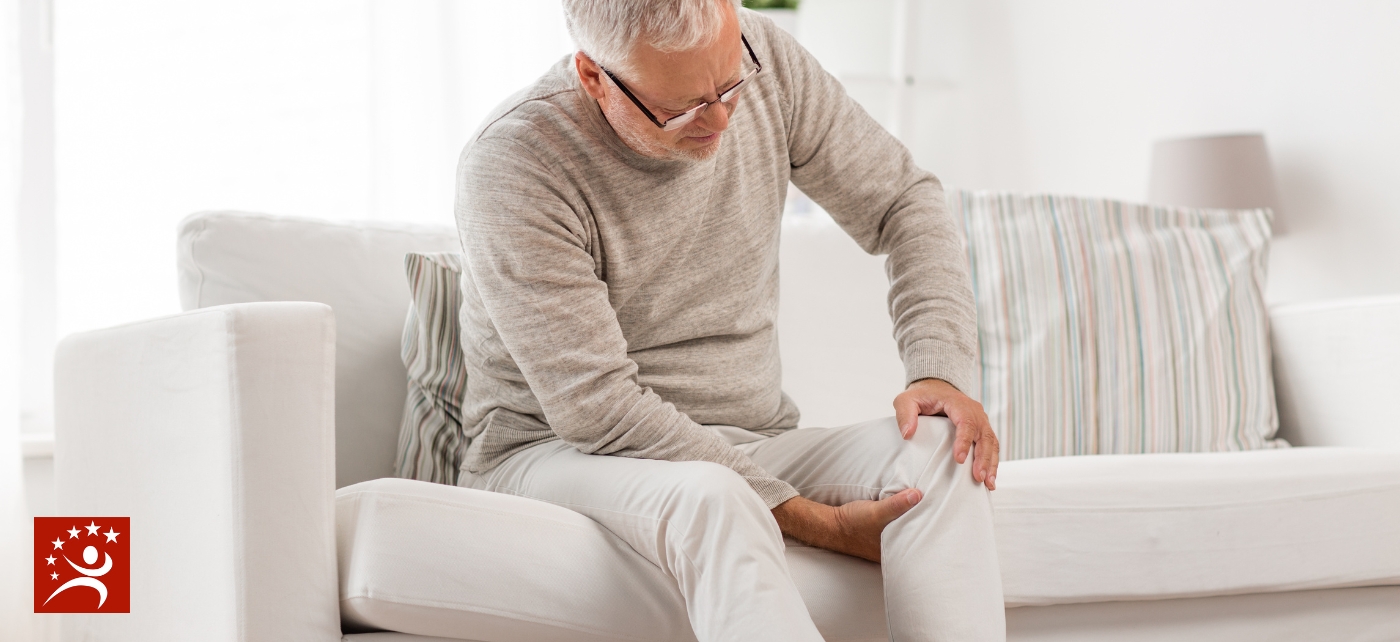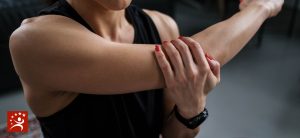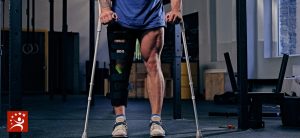SLAP tears happen when you tear the cartilage in the inner part of your shoulder joint. The tears can be caused by injury or overuse and make it painful or difficult for you to move your shoulder and arm. Left untreated, these tears can cause chronic pain, limit how much you can use your arm and shoulder, and lead to more serious shoulder problems. There is no reason to wait until a SLAP tear tears into the things you love to do when you can get the help you need at the Colorado Center of Orthopaedic Excellence in Colorado Springs, Colorado. Their highly skilled orthopedic professionals are well-trained in the possible complexities of SLAP tears. Don’t wait to address your shoulder pain because you don’t know where to go. Now you do.
OVERVIEW
The term SLAP stands for Superior Labrum Anterior and Posterior. In a SLAP injury, the top (superior) part of the labrum is injured. This top area is also where the biceps tendon attaches to the labrum. A SLAP tear occurs both in the front (anterior) and back (posterior) of this attachment point. SLAP tears (also called SLAP lesions) vary in severity. They are common injuries among overhand athletes who make forceful arm movements, such as baseball players or tennis players. One might get a SLAP tear if they tried to break a fall with an outstretched arm or in daily activities that involve lifting things with jerking movements. A SLAP tear can be a serious injury, no matter age or professional level. Most SLAP tears don’t happen in one day and usually result from repetitive trauma inside the shoulder. SLAP tears represent 4% to 8% of all shoulder injuries.
ABOUT THE SHOULDER JOINT
Shoulders connect the upper arms to the torso. The shoulder joint is the body’s most flexible joint, as well as its most complex. Three bones, nearly a dozen different muscles, and many ligaments and tendons meet in the shoulder. The way they are connected allows the raising and lowering of the collarbone when shrugging the shoulders, moving the shoulder blades closer together, or crossing the arms. The way they are connected allows movement of the arms in almost any direction. But this flexibility comes at a price; the shoulder is prone to injury. And it is not always easy to find the exact cause of shoulder pain.
WHAT IS A SLAP TEAR?
The L in SLAP refers to the glenoid labrum. The labrum plays two crucial roles in keeping the shoulder functioning and pain-free. First, the labrum is a cushion for the top part of the upper arm bone. This cushion helps the upper arm bone stay where it belongs – cradled in the shoulder socket. Second, the labrum is a connection point between your shoulder blade socket and one of your bicep tendons. The S in SLAP refers to the top of the labrum. When this part of the labrum tears, the upper arm bone loses its cushion, and the bicep tendon loses its connection to the shoulder blade socket. As a result, the shoulder hurts and feels unstable.
There are several different SLAP types and sub-types. The most common SLAP tear is the type 2 tear. Type 2 tears have several sub-types, each describing different ways a type 2 tear might appear:
- Type 1: In this type of tear, the labrum shows signs of fraying or shredding but still functions. Type 1 tears are often seen in people who are middle-aged or older.
- Type 2: This is the most common SLAP tear type. In Type 2 tears, the labrum and bicep tendon are torn from the shoulder socket.
- Type 3: Torn labrum tissue is caught in the shoulder joint.
- Type 4: In this type, the tear that started in the labrum tears your bicep tendon.
CAUSES
SLAP tears have three leading causes:
- Injury: this is the most common cause of a slap tear. Reaching out to break a fall or dislocating the shoulder in car wrecks are examples.
- Overuse: Playing baseball or softball, swimming—all are common causes for SLAP tears. Anyone who uses their shoulder to make the same motion over and over can tear their labrum, as can repeating an overhead motion at work or during activity. Think of a weightlifter who jerks a barbell up again and again.
- Aging: SLAP tears can happen as the labrum wears out over time. This tear is usually seen in people aged 40 and older.
SYMPTOMS
Common SLAP tear symptoms include:
- Shoulder pain that can be a persistent dull ache or a sharp pain deep in the shoulder.
- Shoulder pain in certain positions, like raising the arm or stretching the arm behind your head
- Shoulder pain when someone does certain things, like throwing a ball or reaching overhead
- Popping noises or a grinding feeling when the shoulder is moved
- A feeling like the shoulder might pop out of the shoulder blade.
- A catching, locking, or grinding feeling
- An unstable feeling in the shoulder
- Loss of strength
- Low range of motion
NON-SURGICAL TREATMENTS
- Rest: If overuse leads to inflammation, resting the shoulder may help.
- Nonsteroidal anti-inflammatory drugs (NSAIDs): Over-the-counter medications such as ibuprofen help control pain by decreasing the inflammation around the labrum and biceps tendon.
- Strengthening and stretching exercises: A structured physical therapy program may be recommended to strengthen the muscles around the shoulder and address any accompanying issues with the labrum and biceps tendon.
- Corticosteroid injections: Corticosteroids can reduce pain by decreasing inflammation. Ultrasound imaging may be used to guide the injection.
WHEN IS SURGERY INDICATED?
If medication and therapy don’t relieve the pain, surgery might be the next step. Things that are considered when considering SLAP tear surgery are the tear’s classification (above), age, typical activities, and previous non-surgical treatments. Surgeons often repair labrum SLAP tears with arthroscopy, in which the surgeon makes and works through minor cuts in your shoulder. They place a tiny camera in your shoulder joint. This sends images to a bigger screen in the operating room. Using small tools, the surgeon can trim the torn part of the labrum and then repair or reattach it. For some patients, the best approach is a biceps tenodesis, in which one of the bicep tendons is attached to a different point to stop it from pulling on the injured labrum.
GETTING THE RIGHT DIAGNOSIS
A SLAP tear can be hard to diagnose as there are other conditions it can be mistaken for. There are several tests that the surgeon can perform that may indicate a torn labrum, but these tests are not always accurate. That’s why you need someone with both experience and expertise in treating SLAP tears. Like the orthopedic specialists at the Colorado Center of Orthopaedic Excellence in Colorado Springs, Colorado. Recovery from SLAP surgery takes time. Patients typically use a sling for four to six weeks to allow healing. But the process is gradual, and a full return to activities when the repair is considered completely healed can take up to six months. Just the thought of it can be stressful. Again, this is why you can trust the professionals at CCOE. Not only are they highly skilled, but they are also extremely caring and understanding and won’t leave you alone during those six months. They’ll direct your physical therapy efforts and do their best to leave you with the best results, returning you to your previous level of sports and activity with few restrictions. Isn’t all that what you’re looking for? Schedule an appointment now.
